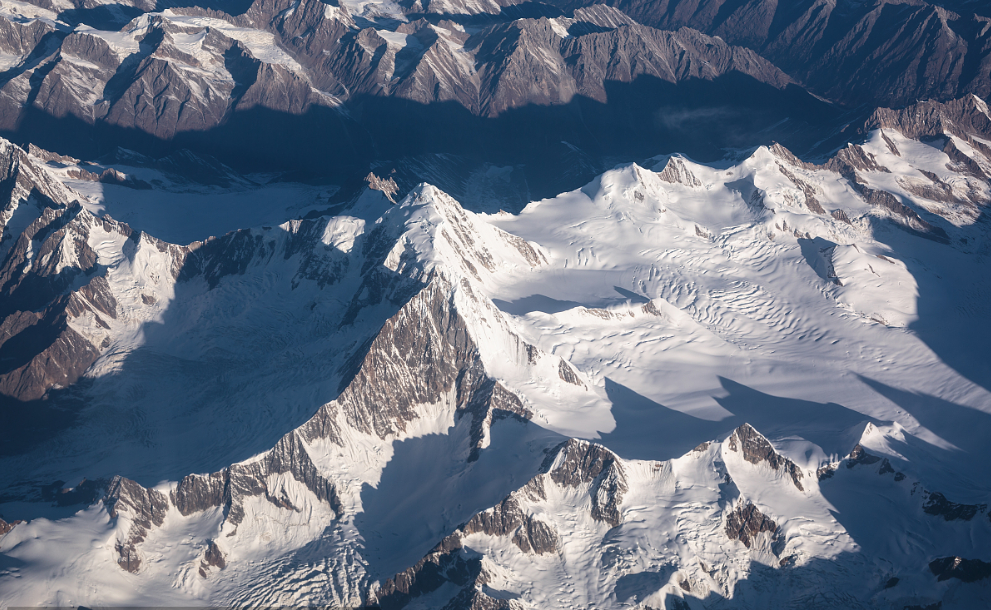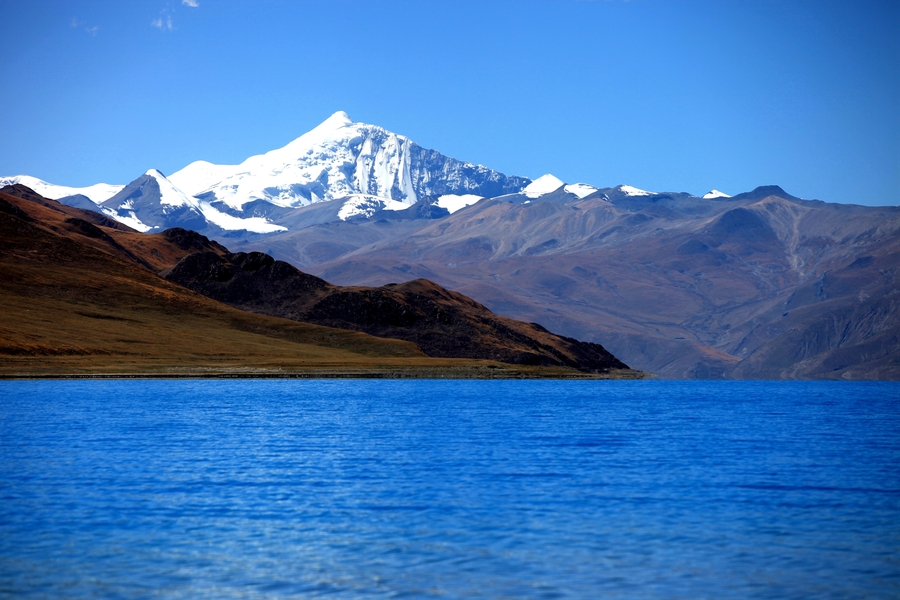Changes in snow cover, permafrost and glaciers at the Third Pole can affect water availability for 1.7 billion people with a gross domestic product (GDP) of US$ 12.7 trillion, says a recent TPE study published in the WMO Bulletin.

Extremely sensitive to climate change, the Third Pole is considered a place to look for early warning signs of global warming. The region has warmed by about 1.8 °C over the past half century, significantly higher than the warming rates for the Northern Hemisphere and the global mean. Annual and seasonal temperatures have increased more at higher elevation zones across the Third Pole. This phenomenon, also known as elevation dependent warming (EDW), is especially pronounced during winter and fall in areas below 5 000 m. Interestingly, precipitation has also been increasing with elevation at the Third Pole, by 0.83% decade-1 km-1 for the period 1970-2014, and 2.23% decade-1 km-1 for 1991–2014. Precipitation at the Third Pole is projected to increase in the 21st century, especially in the northern and western regions.
At the Third Pole, glaciers are retreating, permafrost degrading, and snow cover days decreasing. Ice and snowmelt are important water supplies to soil moisture and river runoff at the Third Pole, and an increase in runoff and an earlier peak of snowmelt runoff have been registered. Permafrost degradation alters water storage in surface reservoirs and impedes connectivity between groundwater and surface water. Glacier meltwater can increase river runoff in the short run; however, as glaciers recede further, the risk of exhausting existing glaciers also looms. It is estimated that the Third Pole will see “peak water” between 2030 and 2050, when annual glacier runoff will reach a maximum, and will only decrease after that.
Rapid changes in glaciers may lead to natural hazards such as glacier collapse, glacier surging, glacial debris flow, and glacial lake outburst floods (GLOF). New types of glacier-related disasters are occurring at the Third Pole. On July17 and Sept. 21 2016, two massive ice collapses occurred in the Aru Range, Ngari, west Third Pole. The Aru glacier collapses caused nine human casualties – shepherds – and the loss of hundreds of livestock. On Oct.17 and 29 ,2018, glacier collapse caused debris flow and blocked the Yarlung Zambo River at Sedongpu Valley, southeast Third Pole. The fact that both continental (Aru) and maritime glaciers have experienced collapse seems to suggest that glaciers on the Tibetan Plateau may be unstable.

“We need to monitor Third Pole cryosphere changes closely so as to understand their impacts on water resources,” said Prof. YAO Tandong, co-chair of Third Pole Environment (TPE) and lead author of the study. “It is also critical for us to develop adaption strategies, not just at the regional or national level, but at the basin scale involving all riparian countries, in order to take account of and balance the demand for water from all the parties in the large watersheds.”
This study is published as a follow-up to the High Mountain Summit held by WMO in 2019, with TPE being one of its six partners. TPE and WMO-GCW jointly held
a side event (i.e., “Roadmap to integrated mountain cryosphere observation and information system”) at the summit. It highlighted the importance of ensuring better access to cryospheric data and information at the regional to global scale.



